Oct. 5th, 2001 at 2:21pm PDT
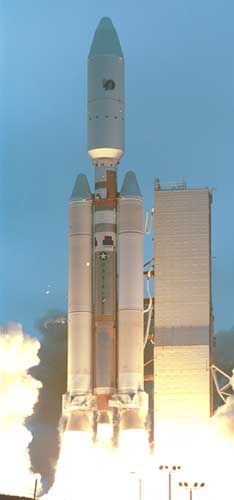
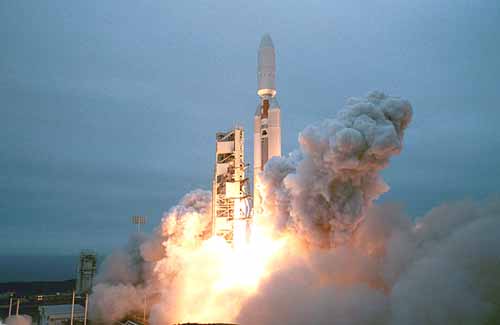
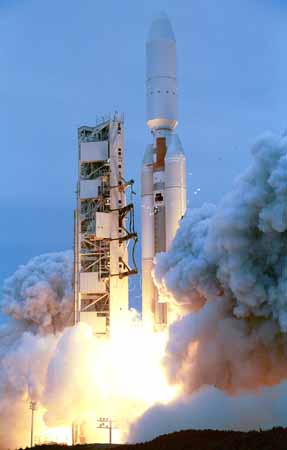
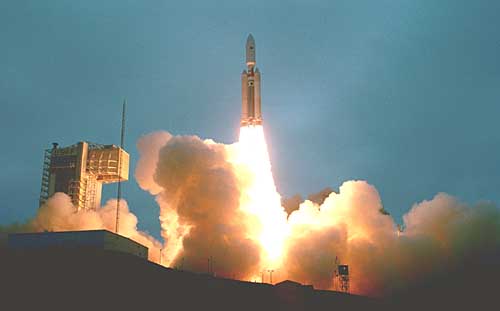
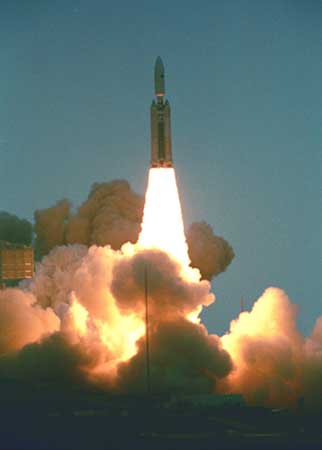
This photo was taken from the Press Site about 5.25 miles from the
Pad.
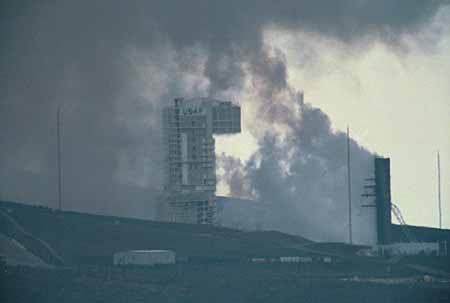
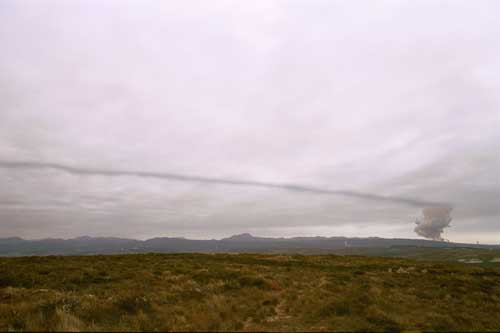
This photo was taken from the Press Site about 5.25 miles from the Pad
and shows the shadow of the SRB plume casted on the overcast sky.
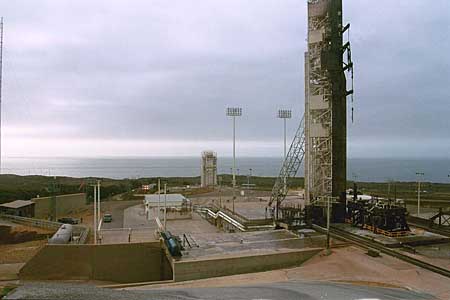
This photo shows the burnt Pad & UT Tower about 2 hours after launch.
To read more about this launch and the mission click here!
Read
about and see photos of Titan processing and inside SLC-4E!